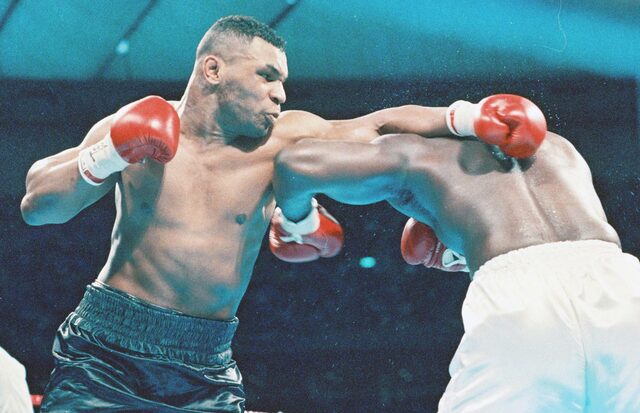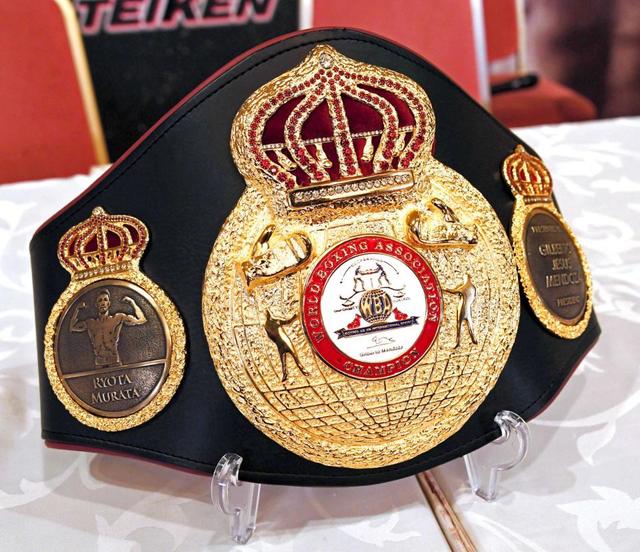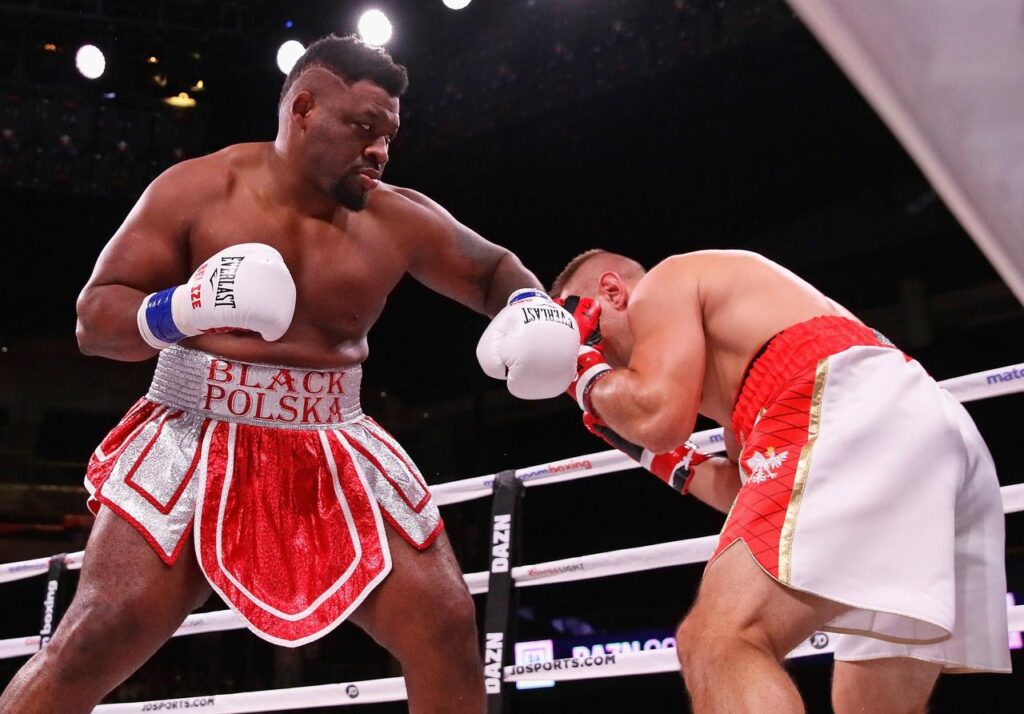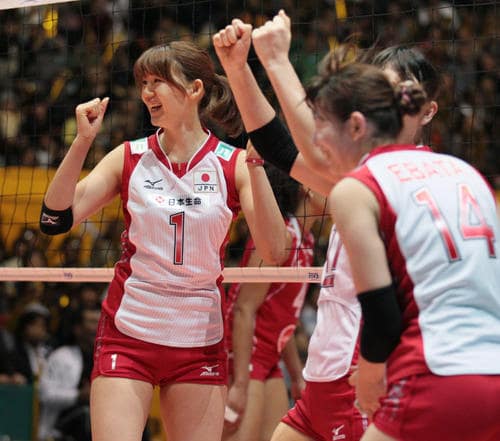
Kendo is a traditional Japanese martial art, and the number of people who compete in it varies greatly depending on the region.
In this article, we will analyze in detail the ranking of the population of kendo players across the country and reveal the regions where kendo is most popular.
We will take a deep dive into which regions are placing particular emphasis on kendo, as well as the reasons and background.
It is full of useful information not only for Kendo enthusiasts, but also for those thinking of starting Kendo.
Let’s explore Kendo culture and its charms from all over Japan together.
目次
- 1 What is the Kendo competitive population ranking?
- 2 2024 Latest Edition: National Kendo Competition Population Ranking
- 3 The role of the local community in supporting Kendo
- 4 Characteristics and charms of areas with large kendo populations
- 5 Future of Kendo: Efforts to address the increasing number of competitive players
- 6 summary
What is the Kendo competitive population ranking?
Kendo is a traditional martial art that represents Japan, and the number of people who compete in it has a great impact on local communities and culture.
However, what exactly does the “Kendo Competitive Population Ranking” refer to, and what kind of importance does it have?
This ranking quantifies and visualizes how many people practice Kendo in each region.
This makes it possible to understand at a glance the regions where Kendo is particularly popular and the regions where it is growing.
Meaning of Kendo competitive population
The population of kendo players is estimated from the number of kendo dojos in the area, the number of people practicing kendo, and the size and frequency of kendo tournaments held in the area.
These numbers can also serve as a barometer of how deeply kendo is rooted in local culture.
Importance of Kendo competitive population
Data on the number of kendo players is an important indicator for the local kendo community.
In areas where many people participate, there is active support and investment in Kendo, and there are more opportunities to improve techniques, contributing to the overall improvement of Kendo.
In addition, regions with a large number of competitive players have a large market for kendo supplies, and the economic impact cannot be overlooked.
Furthermore, it can serve as a place for cultural exchange as a gathering place for Kendo enthusiasts from Japan and abroad.
In this way, understanding the Kendo competitive population rankings is very effective in understanding the current state of Kendo.
Understanding the success of Kendo, which varies by region, will help plan better support measures and promotion activities.

2024 Latest Edition: National Kendo Competition Population Ranking
For many Japanese people, Kendo is more than just a sport, it is a means of spiritual growth and physical strength.
In this section, based on the latest data for 2024, we will analyze in detail the ranking of the population of kendo players by region across the country, and clarify in which regions kendo is most popular.
Analysis of Kendo competitive population by region
We will compile data on the population of kendo players from all over the country and compare the number of kendo enthusiasts in each region.
This data is derived from a variety of sources, including local kendo dojo registrations, participation in local school kendo programs, and local tournament participation.
According to a survey of the population of kendo players in major cities and regions in Japan, Tokyo, Osaka, and Fukuoka are the three cities with the highest number of kendo players.
In these areas, there are many kendo dojos, and many schools in the area incorporate kendo into their curriculums.
In particular, Tokyo has the largest population of kendo players in the country, and many kendo tournaments are held each year.
Characteristics of regions with large numbers of competitive players
It can be seen that in regions where there are particularly large numbers of competitive players, Kendo has a high status as a culture, and Kendo has a large influence on the local community.
In these regions, Kendo is a part of life, and Kendo demonstrations are often held at local festivals and events.
In areas where there are many competitive players, Kendo has established itself as a local culture, and there are many Kendo dojos.
For example, the Fukuoka Kendo Festival is held every year in Fukuoka, and many Kendo enthusiasts gather from all over the country.
In these regions, regional development through Kendo is actively carried out, conveying the appeal of Kendo to new generations while respecting local traditions and culture.
Challenges and opportunities for sparsely populated areas
On the other hand, in regions where the population of kendo players is small, especially in rural and depopulated areas, there are a limited number of kendo dojos, and a lack of qualified instructors is an issue.
However, in these regions, local governments and boards of education are making efforts to promote Kendo by providing grants and inviting instructors from outside the region.
In addition, although the community is small, the community is close-knit, so you can see local residents coming together to support Kendo.
In such areas, kendo is expected to revitalize the community, and it can be an opportunity to bring new vitality to the area.
By publishing this ranking, we will be able to clarify regional disparities in the kendo world and propose concrete steps to popularize kendo nationwide.
Understanding the impact of kendo on local culture will also help design more effective support measures.

The role of the local community in supporting Kendo
Kendo is more than just a sport; it has cultural value in many regions and plays an important role in local communities.
In this section, we will delve into the different regional kendo cultures and their impact on local communities.
Kendo tradition rooted in the region
Each region of Japan has its own unique history and tradition of Kendo.
For example, Kyoto maintains a style of kendo that strongly reflects the ancient samurai culture, and many forms of kendo emphasize spirituality.
On the other hand, in Okinawa, fusion with other martial arts can be seen, and more practical movements are characteristic.
Interaction between community and kendo
In regions where kendo is popular, kendo demonstrations are often included in local festivals and events, and for local residents, kendo is an element that strengthens community bonds.
This allows a diverse group of people of all ages and genders to deepen their interactions through Kendo, contributing to the revitalization of the region.
Support and development of Kendo by local communities
In many regions, local governments, educational institutions, and local organizations are working hard to promote Kendo, actively training young people, providing facilities, and supporting inter-regional competitions.
Particularly in regions where the number of competitive players is small, this support is essential to maintaining Kendo as a sustainable cultural activity.
In this way, the role of the local community in supporting Kendo is wide-ranging, and its cultural background and community-based activities further deepen the significance of Kendo.
Kendo is not just a sport, but a living cultural heritage that is closely linked to local traditions, culture, and communities, and is passed down to the next generation.

Characteristics and charms of areas with large kendo populations
Kendo is popular all over Japan, but its appeal extends to many areas, especially in regions where there are many competitive players.
One of the characteristics of regions with large kendo populations is that they have excellent training facilities and environments.
In this section, we will explain in detail the characteristics and attractions of these regions.
Advanced training facilities
Areas with large kendo populations have advanced training facilities.
This includes a spacious dojo, a training room equipped with the latest equipment, and a technical improvement support system using video analysis.
For example, some dojos in Tokyo use motion analysis sensors to accurately assess a swordsman’s movements and provide instruction tailored to individual needs.
Rich learning environment and community support
In areas with a large number of competitive players, there is also a rich environment for learning Kendo.
Local communities, schools, and businesses work together to hold regular Kendo classes and seminars, providing instruction to a wide range of age groups.
Additionally, the kendo communities in these areas are very active, with local kendo events and tournaments attracting many participants from Japan and abroad.
Contributing to the local economy
In areas with large kendo populations, kendo-related industries are also thriving.
Tool manufacturers, equipment retailers, and specialized book publishers all contribute significantly to the local economy, which in turn encourages the further development of Kendo.
Local kendo tournaments and events are also considered part of tourism, and are expected to have the effect of attracting visitors from outside the area.
These characteristics of areas with large kendo populations bring social, cultural, and economic benefits to the area through kendo.
In these regions, Kendo is more than just a sport; it strengthens local community cohesion and is an important element in shaping cultural identity.

Future of Kendo: Efforts to address the increasing number of competitive players
The future of kendo depends largely on an increase in the number of competitive players.
This section provides a detailed introduction to measures and programs to popularize Kendo and increase the number of players.
These initiatives aim to make Kendo a more accessible and attractive activity.
Promoting Kendo education to young people
The key to Kendo’s future population growth is the participation of young people.
Kendo is increasingly being incorporated into educational programs in schools across the country, providing opportunities for students to learn the basics of Kendo from the elementary school level.
We also actively hold kendo experience events and kendo camps, where children can have fun and become familiar with kendo.
Kendo promotion program in local communities
Efforts to popularize Kendo that are rooted in local communities are also proving effective.
Many local governments and kendo organizations have opened kendo classes for local residents and are developing programs to increase the number of new kendo enthusiasts regardless of age group.
As a result, Kendo has become established as a local cultural activity and is supported by a wide range of people.
International exchange and competitions
Another important strategy is to spread Kendo internationally. Attempts are being made to spread the appeal of Kendo around the world through international events such as the World Championships sponsored by the International Kendo Federation.
These events provide an opportunity to share not only kendo techniques, but also a culture that values spirituality and civility, and promote the formation of an international kendo community.
These measures and programs are an innovative approach to preserving Kendo’s traditions while adapting it to new generations.
These efforts will play an important role in making Kendo a rich and active future.

summary
Kendo is a traditional Japanese martial art, and its value and appeal are increasingly being recognized both locally and internationally.
Through this article, we have delved into the current state of the kendo competitive population, the characteristics of each region, and the challenges and opportunities associated with this.
In areas with large kendo populations, well-equipped training facilities and rich learning environments support the development of kendo.
On the other hand, in areas where the number of competitive players is small, Kendo promotion activities in collaboration with the local community have the potential to revitalize the region.
When considering the future of Kendo, the key is to enhance educational programs for young people, strengthen dissemination activities in local communities, and expand international exchange.
Through these efforts, Kendo will be passed on to the next generation, not just as a sport, but as a cultural heritage and a place for lifelong learning that trains the mind and body.
The deep spirituality of Kendo and its educational value are extremely important in modern society.
In order to spread and develop Kendo, each region and the Kendo community must continue to work together and take further initiatives.





![When did baseball helmets start to have face guards? [Detailed explanation]](https://planotatico.com/wp-content/uploads/2024/06/herummettofacegard-min.jpg)